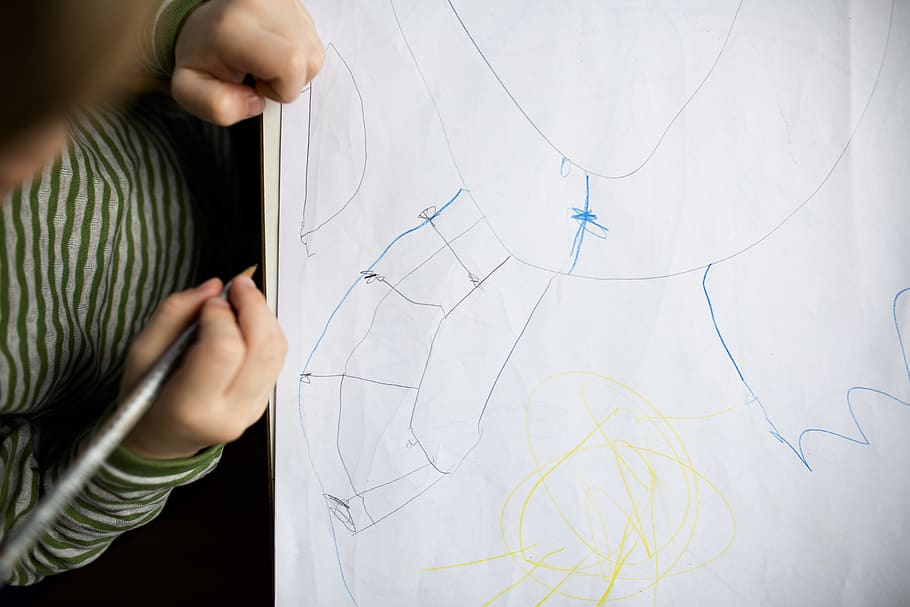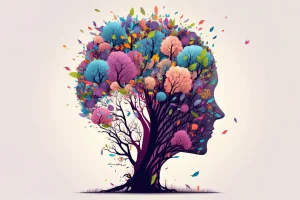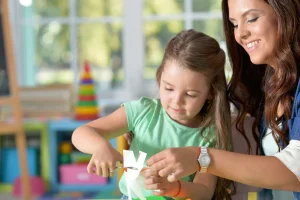Scribble Away
![]()

What does it mean when your kid is constantly scribbling? Find out from Abrakadoodle’s creator below.
Parents often remark that “all my child does is scribble!” To that I reply, “Great!” Scribbling is the precursor to writing and drawing. In order to gain more control and create letters, numbers and symbols, children need to practice. And that practice is known as scribbling!
Your child’s art of scribbling goes through predictable stages:
Random – The child holds a crayon, marker or other marketing tool in their hand and makes random marks on a paper or surface. Often the child will hold the marking tool in the fist, perhaps switching from hand to hand. Sometimes, the child is not even paying attention to what he/she is doing and may be gazing around the room. Their scribbles look like random maks.
Repetition – The child continues to make marks on a paper or surface but is exhibiting more control. Hand-eye coordination is better developed, meaning that the child is looking and doing more directing of his/her hand or hands. The child enjoys creating the lines and feeling more in control. At this stage, you are likely to see a repetition of lines.
Circular – The child further explores controlled motions and begins to make more complex forms. He/ she may hold the marking tool in his/her fingers. You may see the child using a pincer grasp in which the marking tool is held by the thumb and forefinger. Some call it a “pincher” because it looks like the child is pinching the marketing tool. AT this stage, you’ll see shapes such as circles and dots.
Naming – The child tells stories about the scribble. It is the beginning of imaginative thinking in terms of pictures. This is a great occasion because it is the start of a child’s ability to visualize something in his/ her imagination and represent his/ her visualization in pictures! At this stage, you may see shapes, lines, random markings that the child can describe.
So rejoice in your child’s scribblings, it is getting him/ her ready for more advanced tasks!
By Mary Rogers, M.A.Ed.
![]()



